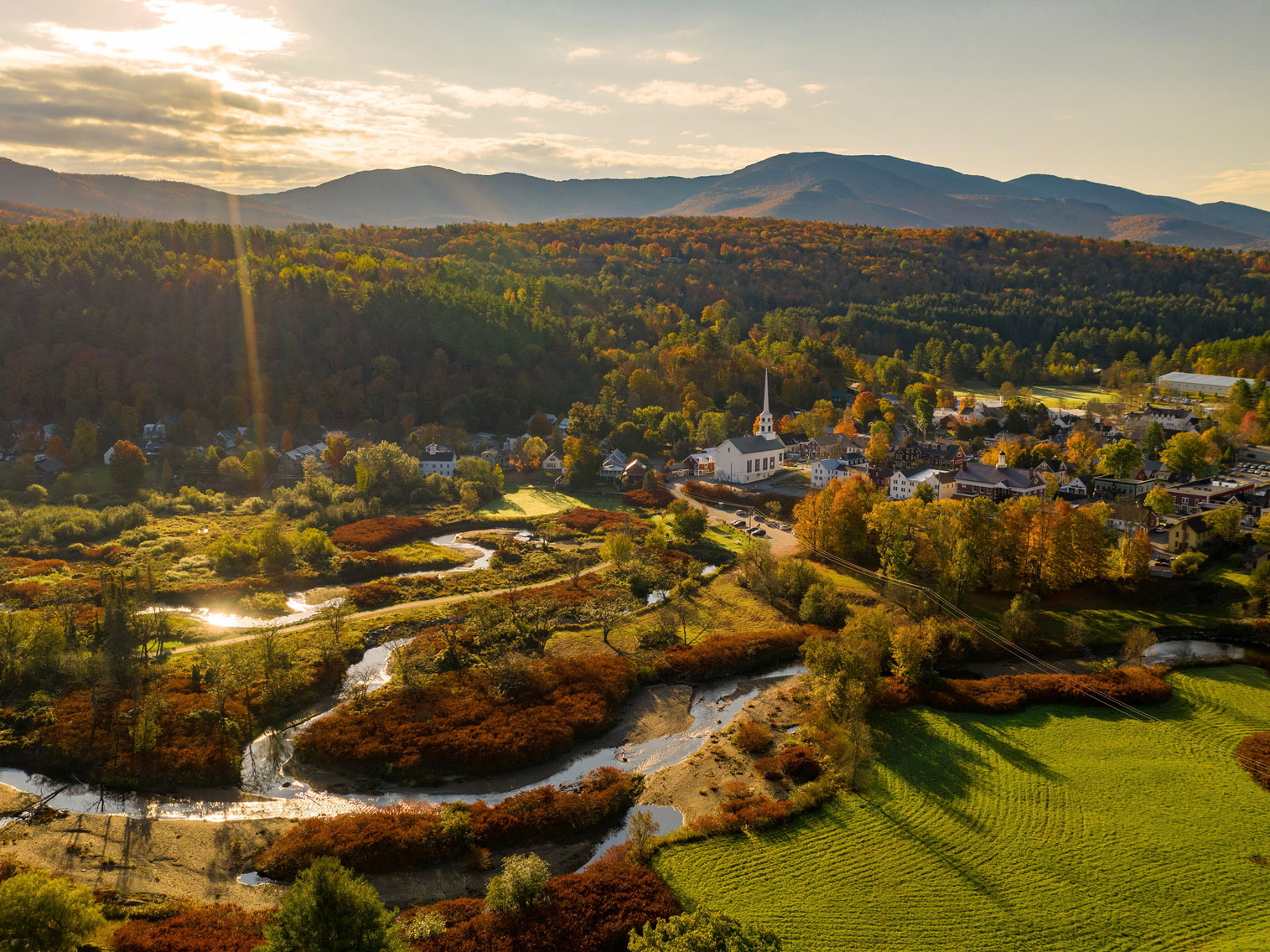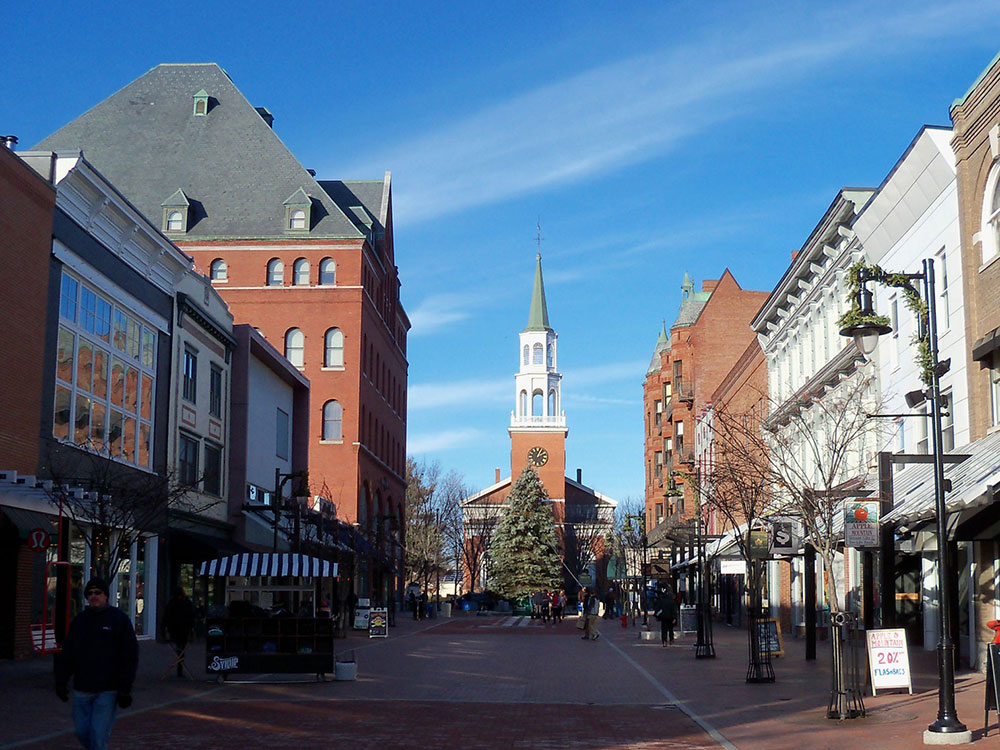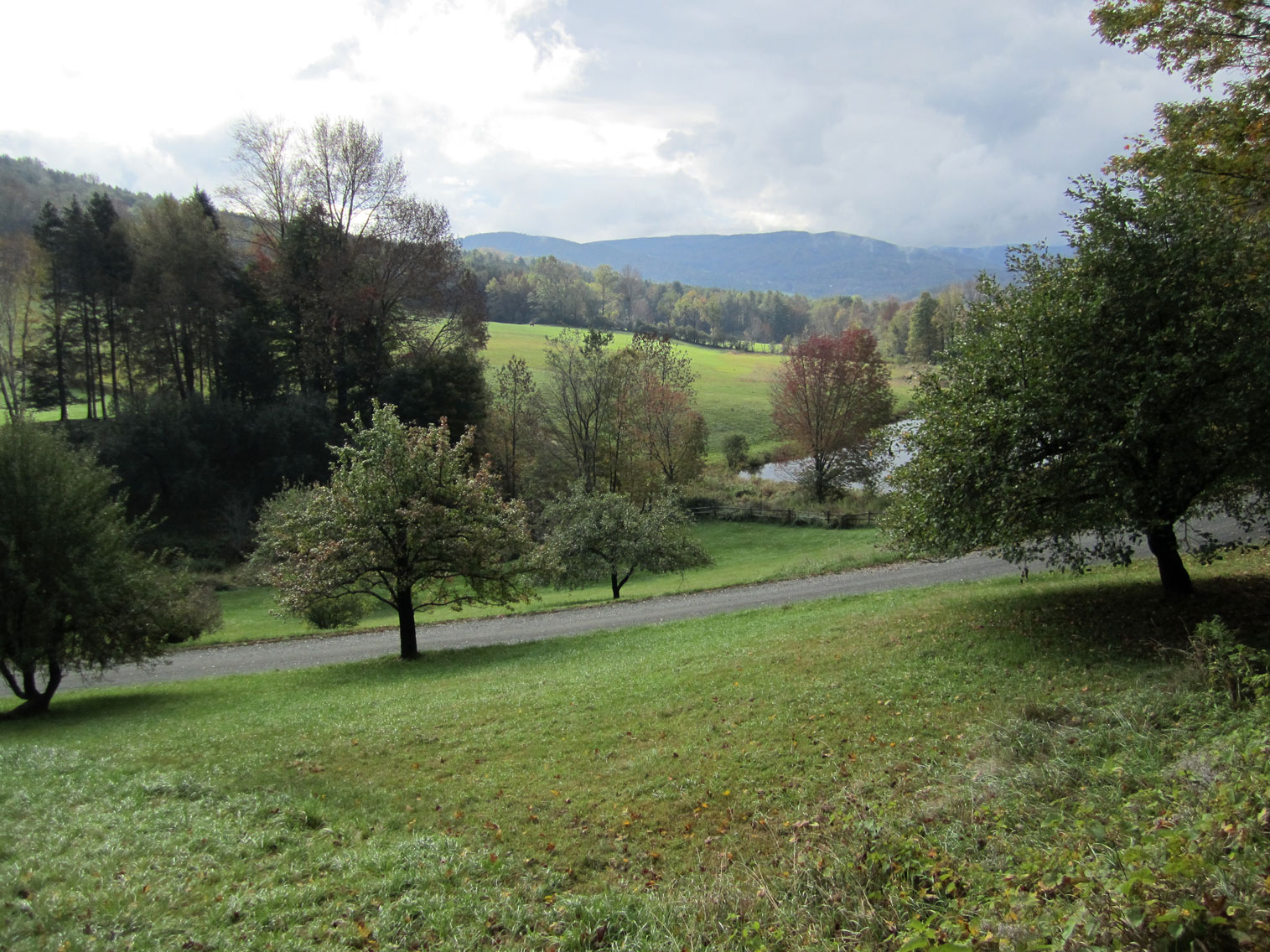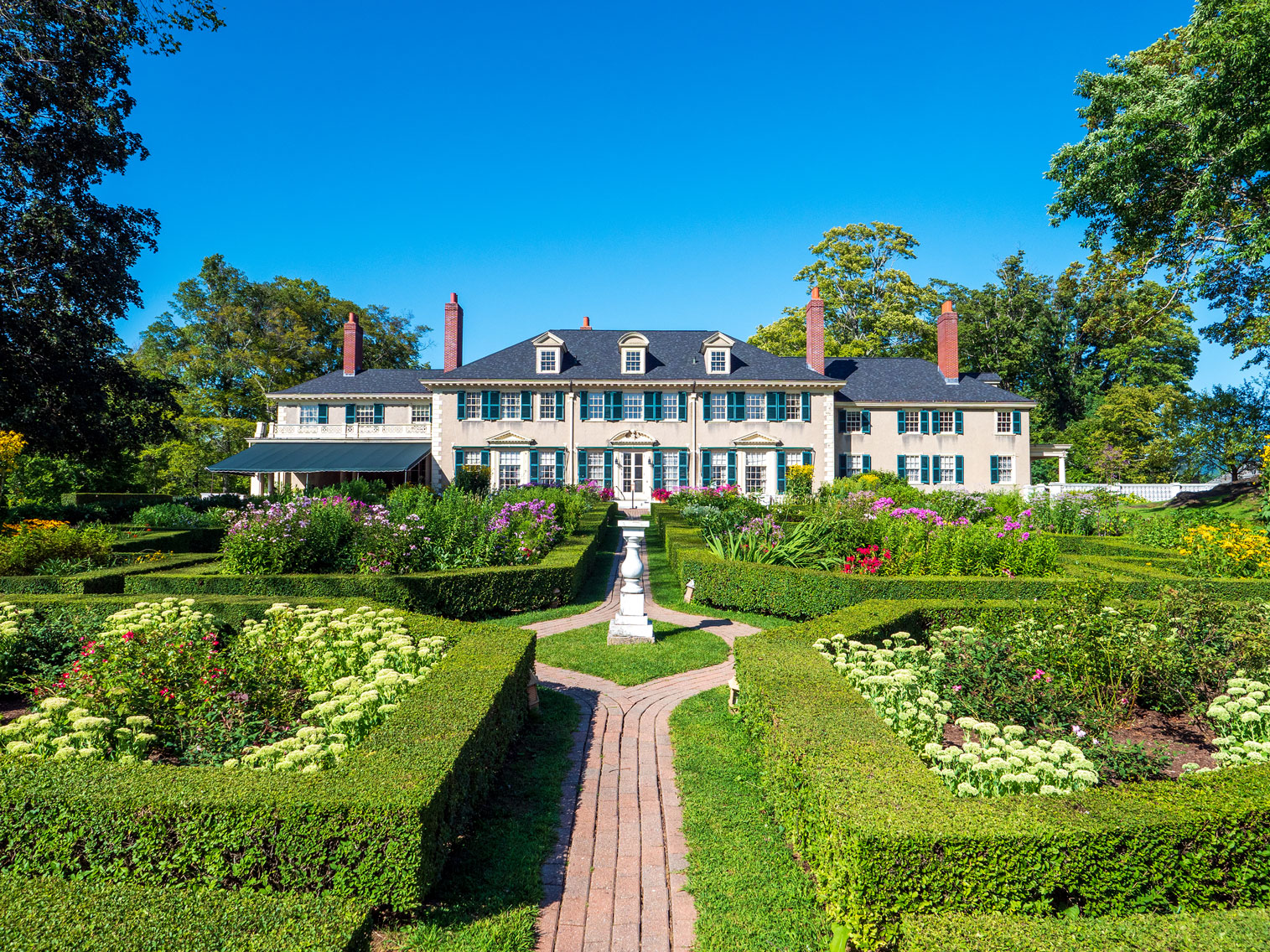State in New England is the second least populated U.S. state and the sixth-smallest by area
Places to See in Vermont

Photo by Leonel Heisenberg on Unsplash; Image Size Adjusted
Stowe, VT
Town nicknamed "The Ski Capital of the East" and is home to Stowe Mountain Resort, a ski facility with terrain on Mount Mansfield and Spruce Peak

AlexiusHoratius, CC BY-SA 3.0, via Wikimedia Commons; Image Size Adjusted
Burlington, VT
Most populous city in Vermont and ranks as the least-populous city to also be the most-populous city in its state

guyvail, CC BY-SA 3.0, via Wikimedia Commons; Image Size Adjusted
Cities
Montpelier · Waterbury · Woodstock

Jonathan Ralton, CC BY-SA 4.0, via Wikimedia Commons; Image Size Adjusted
Landmarks and Landscapes
Bennington Battle Monument · Crystal Lake State Park · Green Mountain National Forest · Hildene · Lake Champlain · Lake Champlain Bridge · Mount Equinox Drive · Mount Mansfield · Northeast Kingdom · Queechee Gorge · Ticonderoga · Underhill State Park
Vermont is a state in the New England region of the United States. Vermont is the only state in New England that does not border the Atlantic Ocean. Vermont is the second-least-populated U.S. state after Wyoming and the sixth-smallest by area of the 50 U.S. states. The state capital is Montpelier, the least-populous state capital in the United States. The most-populous city, Burlington, is the least-populous city to be the most-populous city in a state.
For some 12,000 years, indigenous peoples inhabited this area. The historically competitive tribes of the Algonquian-speaking Abenaki and Iroquoian-speaking Mohawk were active in the area at the time of European encounter. During the 17th century, French colonists claimed the territory as part of the Kingdom of France's colony of New France. After the Kingdom of Great Britain began to settle colonies to the south along the Atlantic coast, the two nations competed in North America in addition to Europe. After being defeated in 1763 in the Seven Years' War, France ceded its territory east of the Mississippi River to Great Britain.
Thereafter, the nearby British Thirteen Colonies, especially the provinces of New Hampshire and New York, disputed the extent of the area called the New Hampshire Grants to the west of the Connecticut River, encompassing present-day Vermont. The provincial government of New York sold land grants to settlers in the region, which conflicted with earlier grants from the government of New Hampshire. The Green Mountain Boys militia protected the interests of the established New Hampshire land grant settlers against the newly arrived settlers with land titles granted by New York. Ultimately, a group of settlers with New Hampshire land grant titles established the Vermont Republic in 1777 as an independent state during the American Revolutionary War. The Vermont Republic abolished slavery before any of the other states.
Vermont was admitted to the newly established United States as the fourteenth state in 1791. During the mid-19th century, Vermont was a strong source of abolitionist sentiment, although it was also tied to King Cotton through the development of textile mills in the region, which relied on southern cotton.
The geography of the state is marked by the Green Mountains, which run north-south up the middle of the state, separating Lake Champlain and other valley terrain on the west from the Connecticut River valley that defines much of its eastern border. A majority of its terrain is forested with hardwoods and conifers, and a majority of its open land is devoted to agriculture. The state's climate is characterized by warm, humid summers and cold, snowy winters.
Samuel de Champlain claimed the area around what is now Lake Champlain, giving the name Vert Mont (Green Mountain) to the region he found, on a 1647 map. Evidence suggests that this name came into use among English settlers, before it morphed to "Vermont", ca. 1760.
There are five distinct physiographic regions of Vermont. Categorized by geological and physical attributes, they are the Northeastern Highlands, the Green Mountains, the Taconic Mountains, the Champlain Lowlands, and the Vermont Piedmont.
Some of the largest ski areas in New England are located in Vermont. Skiers and snowboarders visit Burke Mountain Ski Area, Bolton Valley, Smugglers' Notch, Killington Ski Resort, Mad River Glen, Stowe Mountain Resort, Cochrans Ski Area, Sugarbush, Stratton, Jay Peak, Okemo, Suicide Six, Mount Snow, Bromley, and Magic Mountain Ski Area. Summer visitors tour resort towns like Stowe, Manchester, Quechee, Wilmington and Woodstock.
This article uses material from the Wikipedia article "Vermont" which is released under the Creative Commons Attribution-Share-Alike License 3.0